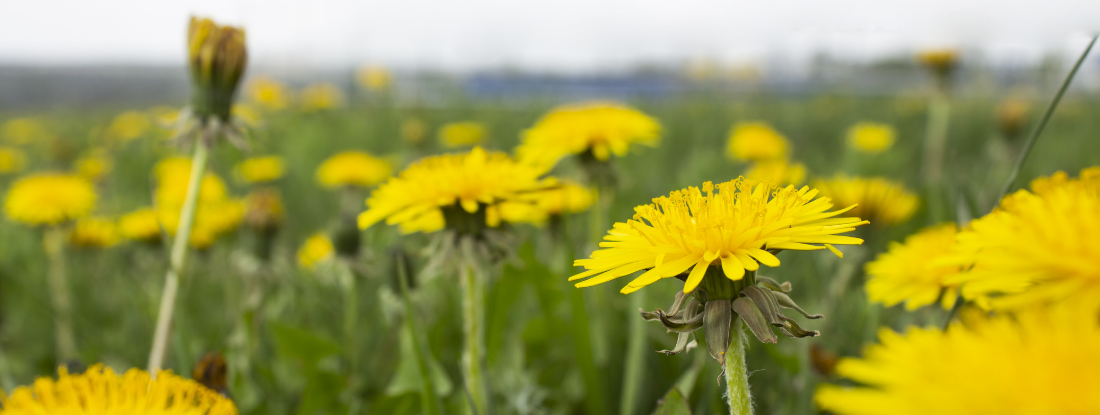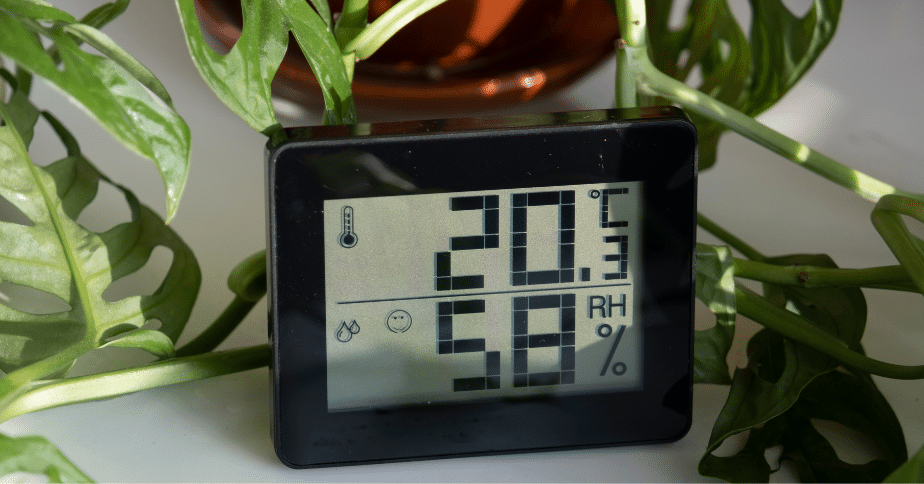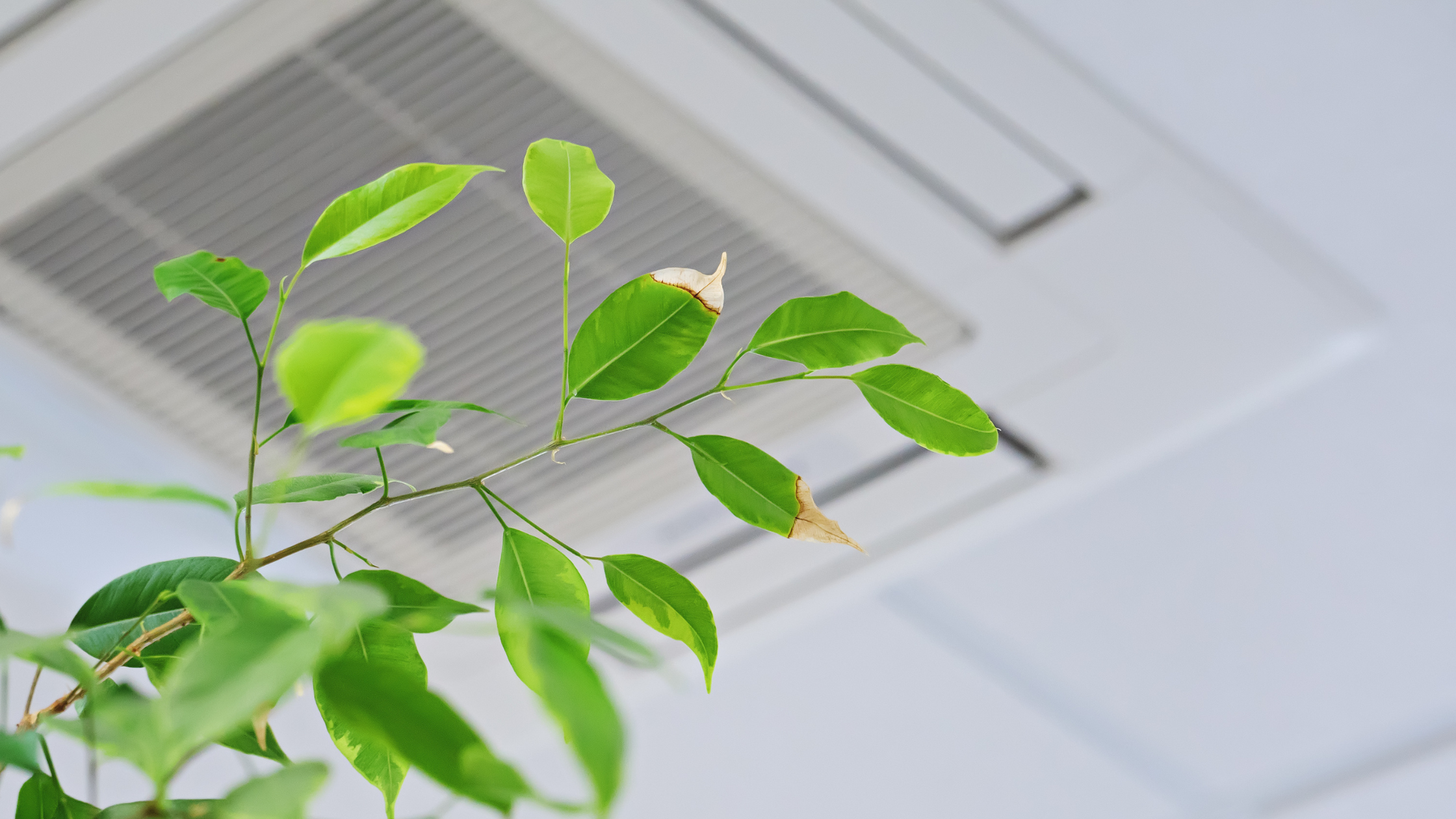Pollen Allergens | Indoor Air Quality

Every year, millions of allergy sufferers are affected by pollen. Pollen is a powdery yellow substance found on plants to help them reproduce. In some cases, plants can fertilize themselves, but other plants rely on cross-pollination. As insects, birds, and the wind carry pollen between plants, some of the tiny particles inevitably drop. The pollen particles are then available to enter our nose, eyes, and throat, triggering varying allergies. Pollen can travel hundreds of miles, so attempting to rid your yard of the offending plants will not help. Ragweed, a common plant affecting many allergy sufferers, can produce over one million grains of pollen per day. Fighting the allergenic pollen can seem like an insurmountable task. Pollen is here to stay, but there are tips and tricks to help you cope.
Pollen Allergies
Pollen allergies can last throughout the entire year, as several plants pollinate year-round. The pollen count is dependent upon your location, and the duration of the season. Pollen from trees is released during the spring, grass pollen is released during the summer, and weed pollen circulates during the fall. Tens of millions of Americans are affected by pollen allergies every year and suffer from sneezing, nasal congestion, running nose, coughing, headaches, itchy and watery eyes, and wheezing, a lot of which can occur in your home. Indoor allergen levels can determine how impacted allergy sufferers will be indoors whether it be due to raised levels of pollen, mold, or chemicals. Pollen allergies can also exacerbate symptoms with asthma suffers indoors and outdoors.
Keep Pollen out of your home
Loose pollen in the air can attach on skin, clothing, shoes, hair, and pets. Once pollen enters your home it can cling to carpet fibers and furniture, and recirculate as you move around your home. Attempting to keep pollen out of your home is challenging, but not impossible. There are a few preemptive measures you can take to help make your home a no-pollen zone.
First, you want to keep your car in the garage. If you do not have a garage, consider hosing down your car frequently. Pollen can stick to your car, door handles, and windows, and spread easily anytime you touch the car or lower a window. Next, check your shoes at the door. Always wipe your feet, and then leave shoes and outerwear at the entry way or mud room. Purify yourself – especially if you’ve been working outside. Immediately throw clothing in the washing machine to prevent tracking the pollen throughout your house. You also want to shower immediately, and always wash your hair before going to bed to prevent pollen-contaminated pillows and bedding.
Next, you want to make sure your indoor-outdoor pets are wiped down and brushed before returning indoors. Another way to limit the pollen count from entering your home is to dust and vacuum frequently. If you have a bagless vacuum, always empty contents in a bag outside. Another tactic is to keep the windows and doors shut. While it can be tempting to let in fresh air, pollen also enters the home and contaminates all that fresh air you crave. Always remember to change HEPA and HVAC filters monthly, to ensure well-maintained units and clean sinuses. Lastly, limit your time on the porch during high pollen count times. When the pollen is low, or pollen season is over, clean your porch furniture and hose down the floor and screens.
To review, here are our best tips for keeping pollen out of your home:
- Keep your car in the garage
- Check your shoes at the door
- Shower and wash clothes after outdoor activities
- Bathe your indoor-outdoor pets
- Vacuum and dust frequently
- Clean outdoor furniture after pollen season
What to do if you find pollen
If pollen has already entered your home, you are not out of luck. You can still remove the pollen from your space with a few easy housekeeping measures. Make sure to frequently wipe down surfaces with a damp microfiber cloth to trap the particles. Thoroughly clean all surfaces and ceiling fans, and follow with vacuuming and mopping. Be sure to use the suction attachment to clean upholstery, and navigate the corners and crevices in your home. You will also want to wash all bedding in warm water. Bathe and brush pets, and clean their paws as well. Change all air filters once per month, and use vent filters for room vents to help trap pollen in the air ducts.
Products on the market
There are many affordable products on the market today that can help improve the air quality in your home and trap the offending pollen particles. HEPA (high-efficiency particulate air) filters are designed to prevent 99% of pollen from entering the home. HEPA filters help to clean the indoor air and prevent allergens from circulating. HEPA filters are used in many air filters, air purifiers, and vacuum cleaners. When used in conjunction with a well-maintained HVAC system, HEPA filters can drastically improve the air quality of your home. Air Quality Assessors can determine allergen levels in your home and offer advice to help you get through this allergy season. We are licensed and certified professionals, with 30 years of experience in maintaining high indoor environmental quality. Call today to schedule an assessment of your indoor air quality, and let us help keep you and your family protected this allergy season.



